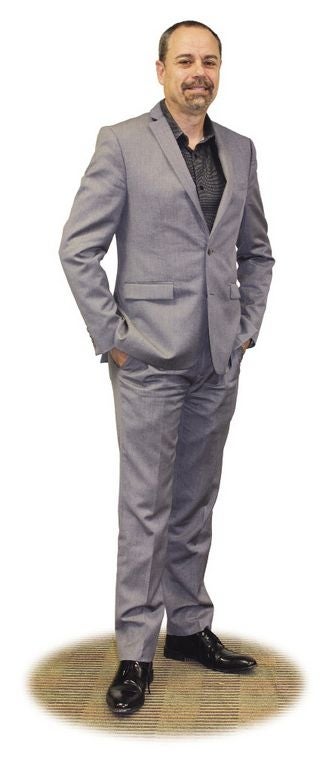Offering a screenshot of opportunity
 Matt Volpini
Jay Samit, CEO, Seachange International, Acton
Matt Volpini
Jay Samit, CEO, Seachange International, Acton
Jay Samit knows video technology. He served in senior executive roles for Sony and EMI, and headed other firms in the space before SeaChange International hired him last year. He also authored a recently published book, which urges innovators and entrepreneurs to anticipate change in order to create their own opportunities, and to not be afraid to go in a different direction if the original idea no longer works. At last check, “Disrupt You!” was earning 5-star reviews on Amazon.com.
In the first quarter of your current fiscal year, you mentioned that SeaChange’s products were still looking to make inroads in certain markets. How is that progressing?
Fantastically. We no longer live in your grandfather’s television. It’s “You want to watch what you want to watch when you want to watch it on the device you want to watch it.” What’s happening is that the traditional business models that supported the old way TV worked are eroding, the way cable worked is changing, and SeaChange is empowering companies around the world at a time that is the most revolutionary in the history of television.
How are operations looking after you hired a COO?
The COO came from our board (and) so is intimately aware of the company. It freed me up as the CEO to be able to spend more time externally from the company, which means I’m focused on growth.
How does your background as an entrepreneur help SeaChange move forward?
Even though SeaChange has been around 20 years, all the new businesses that we’re going onto make us have an entrepreneurial spirit. This is really about being an intrapreneur, taking a company from the inside and changing it and competing in ways that it’s never done before.
What market forces are in the company’s favor as it seeks profitability and more revenue?
We now have a broader spectrum of clients. For 20 years, we’ve been cable-centric. But now you’re going to see (that) mobile will no longer be voice, data and text; it will be voice, data, text and video plans. You’re going to see device manufacturers … come bundled with content. You’re going to see that content doesn’t have to go through a cable provider or through a network ... So our universe of customers goes from a universe of 100 companies today to a universe of thousands — sports leagues, religions, you name it.
Geographically, where do you see the greatest potential for revenue gain?
Initially, the more developed countries — the U.S. and Europe — will be the majority of the revenue. But what you’re going to see happening very quickly is what we call smartphones today are coming down to a sub-$30 price in developing nations, and that will become the new TV platform. So we see growth in Asia as a huge upside for the company.
In a recent blog post, you mentioned the potential of crowdsourcing as a source of capital. Where does that hold potential over venture capital and other forms of funding?
Venture capital doubled in size in 2015. It crossed $40 billion. But for the first time, crowdfunding now exceeds venture capital. So, any entrepreneur has access to capital. I’ve raised over $600 million for startups in my career. It’s never been easier and it’s never been cheaper to start a company. So, you’re going to see tremendous innovation coming from all over the place.
Your new book, “Disrupt You!” talks about transformation and opportunity in an innovation era. What one thing most causes entrepreneurs and innovators to take their eye off the ball?
The biggest mistake that I see in first-time entrepreneurs is they get killed by kindness and praise. Your job as an entrepreneur is not to foster an idea, it’s actually to kill it. Your job is to figure out, “How fast can I kill my idea and find every flaw with it?” Because if you can do it before you burn through your capital, you have time to pivot. And most of the most successful businesses that we think of today grew out of the pivot, not the original idea, because you’ve gone farther into exploring the new market than anybody (who) hasn’t tried.









0 Comments